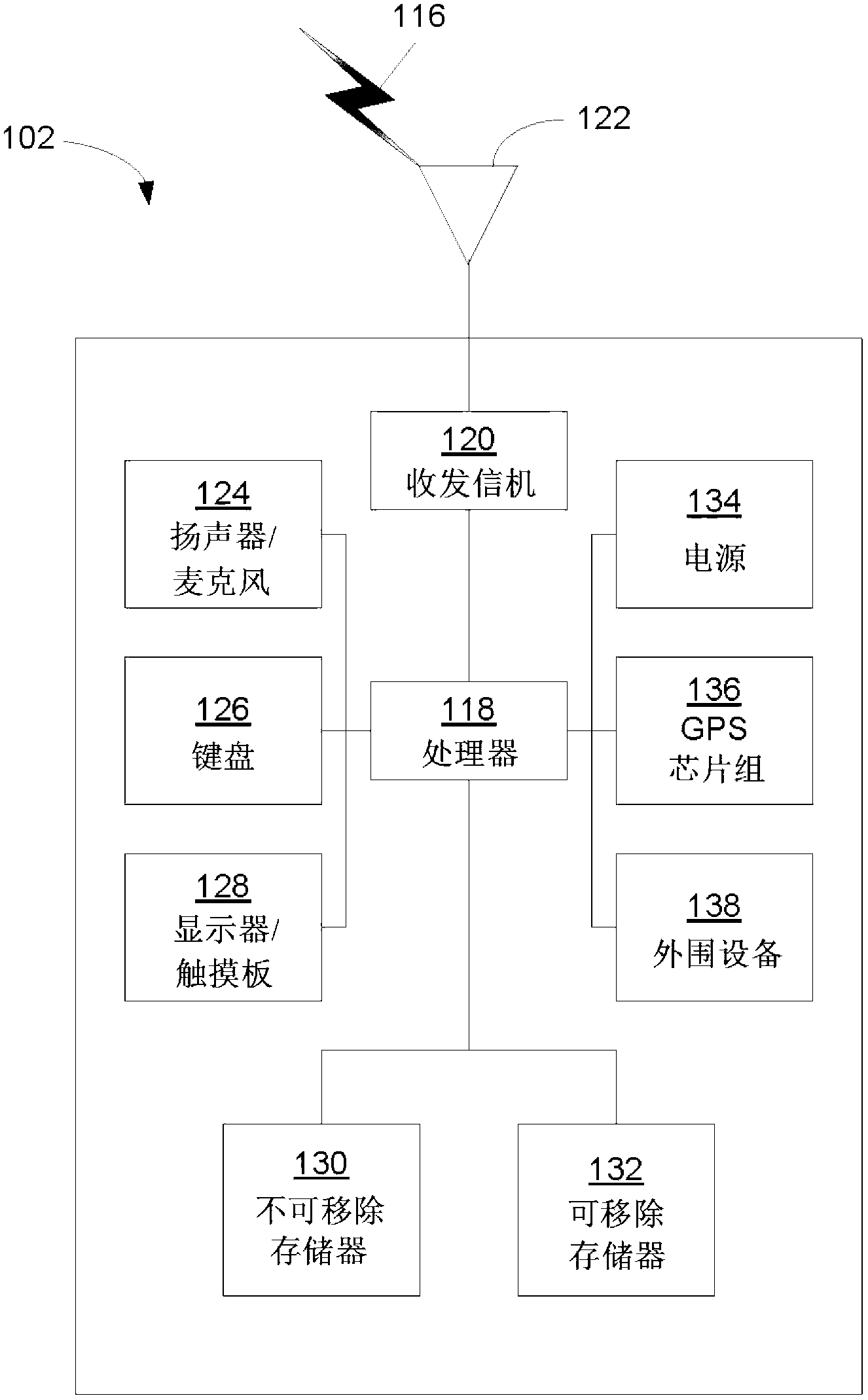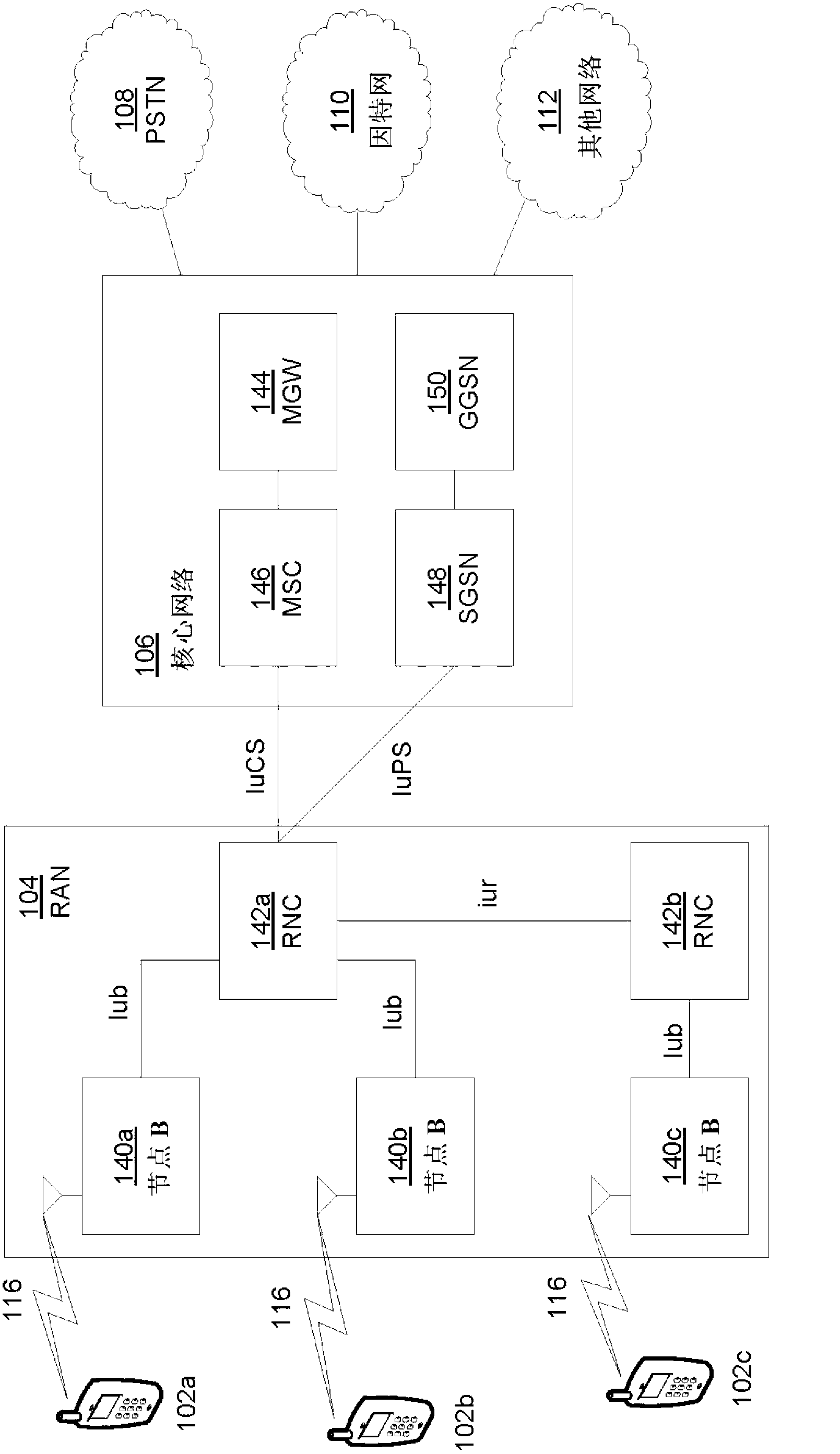Managing power consumption in base stations and remote access points
A node-based technology that is used to manage power consumption in base stations and remote access points, and can solve problems such as excess
- Summary
- Abstract
- Description
- Claims
- Application Information
AI Technical Summary
Problems solved by technology
Method used
Image
Examples
Embodiment Construction
[0027] Figure 1A It is a diagram of an exemplary communication system 100 in which one or more of the disclosed embodiments can be implemented. The communication system 100 may be a multi-access system that provides voice, data, video, messaging, broadcasting, and other content for multiple wireless users. The communication system 100 enables multiple wireless users to access these contents by sharing system resources including wireless bandwidth. For example, the communication system 100 may use one or more channel access methods, such as code division multiple access (CDMA), time division multiple access (TDMA), frequency division multiple access (FDMA), orthogonal FDMA (OFDMA), Single carrier FDMA (SC-FDMA) and so on.
[0028] Such as Figure 1A As shown, the communication system 100 may include: wireless transmit / receive units (WTRU) 102a, 102b, 102c, 102d; a radio access network (RAN) 104; a core network 106; a public switched telephone network (PSTN) 108; the Internet 110; ...
PUM
 Login to View More
Login to View More Abstract
Description
Claims
Application Information
 Login to View More
Login to View More - R&D
- Intellectual Property
- Life Sciences
- Materials
- Tech Scout
- Unparalleled Data Quality
- Higher Quality Content
- 60% Fewer Hallucinations
Browse by: Latest US Patents, China's latest patents, Technical Efficacy Thesaurus, Application Domain, Technology Topic, Popular Technical Reports.
© 2025 PatSnap. All rights reserved.Legal|Privacy policy|Modern Slavery Act Transparency Statement|Sitemap|About US| Contact US: help@patsnap.com



